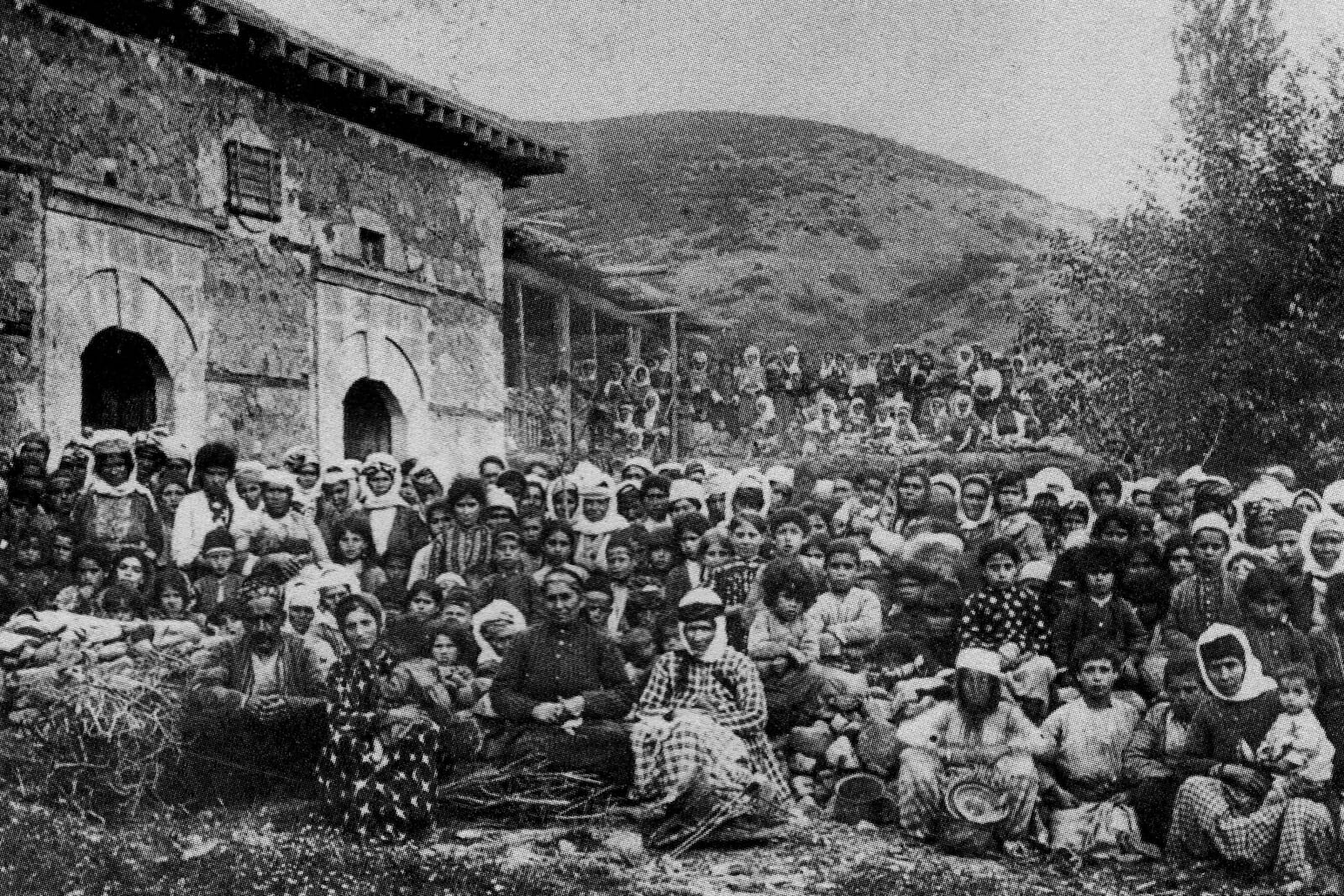
Finally Recognizing the Armenian Genocide
In the final years of the Ottoman Empire, the Ottoman government under the Committee of Union and Progress (“CUP”) orchestrated the massacre of its Christian minorities. The Ottoman government organized death squads, forced people out of their homes, and marched them to their deaths in the Anatolian mountains and the Syrian Desert. Yet even after a century, the genocide of millions under the sword of the Ottoman Turk has been forgotten and unrecognized by most of the world. With the passage of Senate Resolution 150 on December 12, 2019, the United States Congress, over a hundred years after these atrocities, has finally recognized these massacres as the Armenian Genocide.
History of the Genocide
There were large Ottoman massacres of the Armenian and Greek communities during the 19th century and during the early years of the 20th century, but state-sponsored violence en masse began during World War I. The Ottomans came to deport and massacre Greek communities inside their borders as early as 1913, which expanded once World War I began. In 1915, the CUP launched ethnic cleansing campaigns against the Armenian and Chaldean communities under their rule.
Between 1914 and 1923, 1.5 million Armenians were brutally killed, along with hundreds of thousands of Greeks and Chaldeans. Ever since Turkey has described the Christian deaths as casualties of war. The Armenians, Greeks, and Chaldeans were not armed soldiers. They were civilians whose ancestors had lived inside the Ottoman Empire for hundreds of years. There is little question that this was in fact genocide.
The documentary evidence is clear. The American ambassador at the time, Henry Morgenthau, wrote to the United States with alarm about the exterminations. There are numerous first-hand memoirs, such as that of Grigoris Balakian, that recount the horrors of those years. In addition, the thousands of bleached skeletons tell no lies.
The world knew genocide had happened, but there were no consequences. Unlike after World War II, there was no Nuremberg. There were no war crimes tribunals at all. There was no retaliation and the world simply continued. Indeed, Adolf Hitler used the example of the Armenian Genocide’s lack of condemnation to support the Holocaust. When questioned about the policy of Nazi persecution of the Jews, Hitler responded, “Who, after all, speaks today of the annihilation of the Armenians?”
The Long Wait for American Recognition
With such overwhelming evidence, why did it take over a century for the United States to recognize the Armenian Genocide? In large part, it was due to Turkish influence. The so-called Turkish “gag-rule” prevented the United States from officially acknowledging the Armenian Genocide. To this day, Turkey vehemently denies that the deaths were part of genocide, instead calling them wartime casualties. Historically, Turkey has had strong diplomatic ties with the United States, especially during the Cold War given Turkey’s important strategic position. Turkish airbases have also been of prime importance for recent American military campaigns in the Middle East.
Despite a lack of recognition on a nationwide scale, individual states have continued to recognize the Armenian Genocide, with 49 out of 50 states now recognizing the genocide (Mississippi is the sole exception, along with the District of Columbia). Yet federal recognition remained a pipedream. President Obama promised to recognize the genocide during his election campaigns, but he repeatedly declined to call the massacres genocide. President Trump similarly rejected calls to recognize the Armenian Genocide.
Recognition by Congress
Recognition has come not from the most expected channel, the president, but through Congress. The House of Representatives passed a recognition resolution at the end of October 2019 by a vote of 405-11, including several abstentions, most notably Representative Ilhan Omar. The Senate’s passage of this same resolution on December 12, 2019, was unanimous.
The text of the resolution begins by stating that the “United States has a proud history of recognizing and condemning the Armenian Genocide,” which, frankly, is not true. But the resolution continues by laying out the ample evidence of genocide. Morgenthau, the contemporaneous American ambassador to the Ottoman Empire, described it as a “campaign of race extermination.” Raphael Lemkin, the scholar who created the term “genocide,” used the Armenian Genocide as one of his primary examples. Hitler’s use of the Armenian Genocide as a precedent for the Holocaust was further damning evidence.
The resolution itself sets out a three-part policy: (1) the Armenian Genocide will be commemorated through official recognition and remembrance; (2) the United States will reject any attempts to associate it with denial of the Armenian Genocide; and (3) the United States will encourage education and understanding of the Armenian Genocide, including its relevance to crimes against humanity. This tripartite policy is aimed at not just a one-time recognition with no teeth, but a continuous act of recognition, rejection of denial, and education about the genocide.
Also of note is the fact that the resolution defines the Armenian Genocide as the killing of Armenians, but goes on to say that the United States provided for the “survivors of the campaign of genocide against Armenians, Greeks, Assyrians, Chaldeans, Syriacs, Arameans, Maronites, and other Christians.” This is significant because while the Armenian Genocide has been recognized in over two-dozen countries, the genocide of other Christians by the Ottomans has been almost unanimously ignored. While the use of this line is ambiguous, it could include recognition of the broader genocide against Christian minorities inside the Ottoman Empire in addition to just the Armenians.
Despite the intense division between Democrats and Republicans in the House and Senate, the current Congress overcame a century of inaction to condemn the first genocide of the twentieth century. The resolution further risks the already dismal relations between the Trump administration and the Turkish government of Recep Tayyip Erdoğan. But while diplomacy is an important consideration, it cannot override recognizing the genocide. As the divided United States Congress finally determined, genocide cannot be treated with anything less than outright condemnation.
